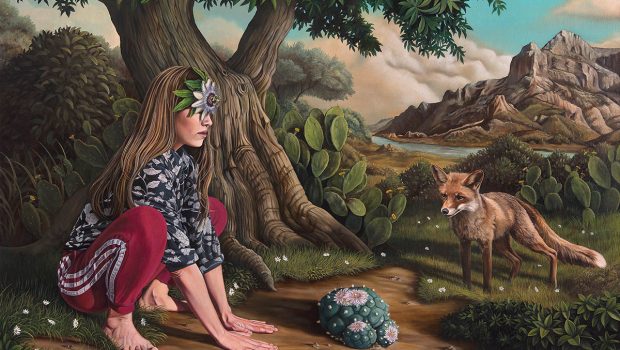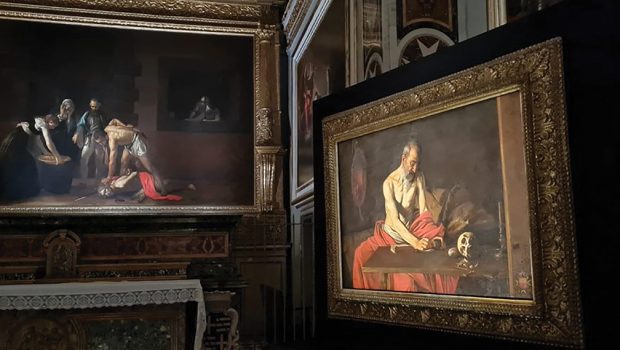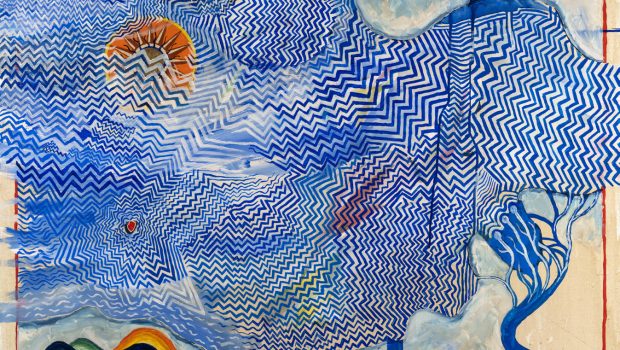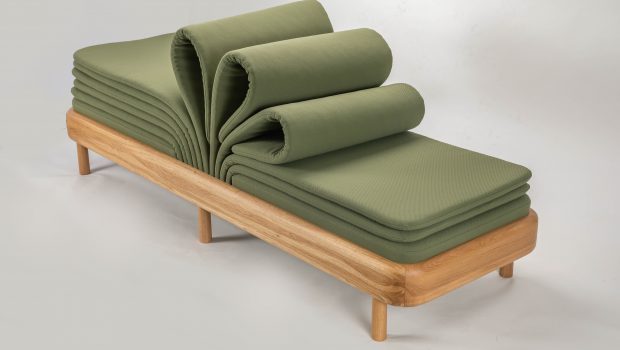Q&A
Michela Moro – a journalist for international art, based in Milan and Malta – on interviewing established artists around the world such as Kapoor and Cattelan; Lockdown in Milan; living in Gozo, and watching it self-destruct; and the potential of Maltese art.
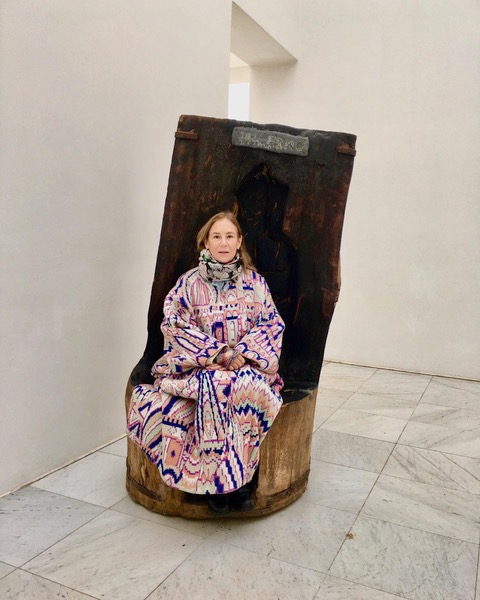
“Culture is food for the soul.”
Describe your job and where you have worked in relation to the arts.
I have always thought that culture is the best key to read the world, and that art is our window to the future. I was lucky enough to be able to translate all this into television programmes mainly related to the visual arts, architecture and design. For more than twenty years I have presented, written and produced for RAI various programmes related to these topics, resulting in a total of over 2,000 episodes of different broadcasts. For example, I have produced and conducted reportages on the Venice Art and Architecture Bienniales since the early 2000s.
I was one of the first Italian contemporary art bloggers. For a Brazilian cultural channel, I conducted a series of interviews with great international figures from Anish Kapoor to Christo. I write and have written for various publications, from Art Forum and the American Bible of Contemporary Art; to Sette, the weekly magazine of Corriere della Sera; and from Panorama to Il Giornale, and many others. I collaborate with the Giornale dell’Arte, writing about auctions and the art market, as well as curating the sections dedicated to the art market, contemporary art and exhibitions.
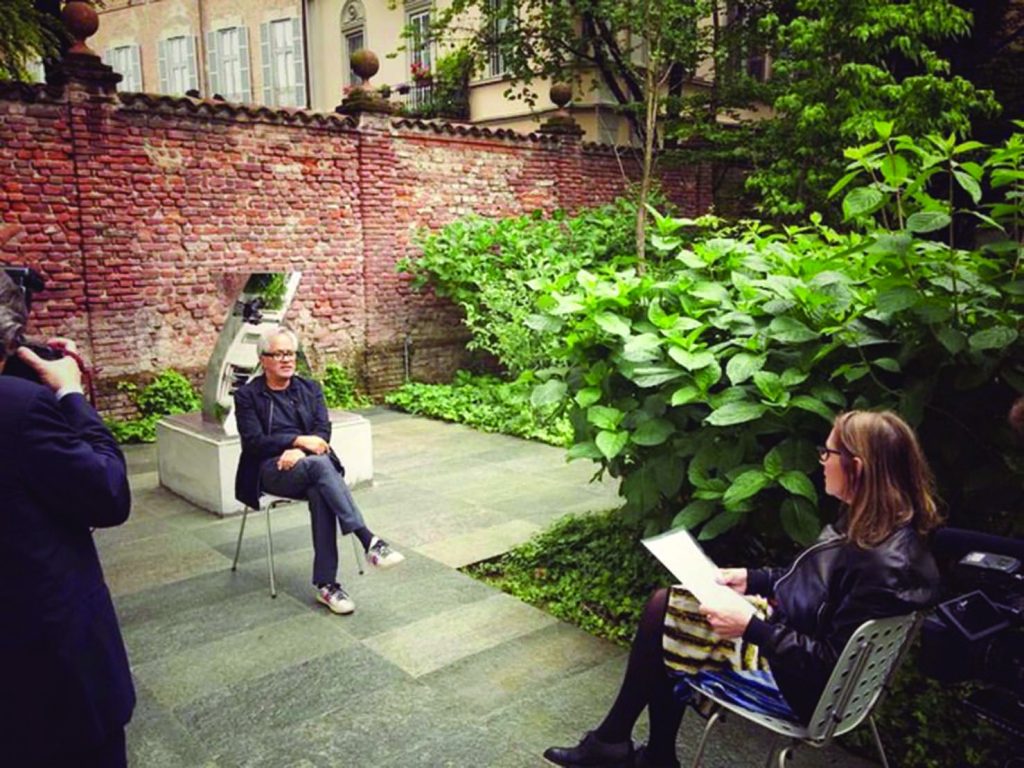
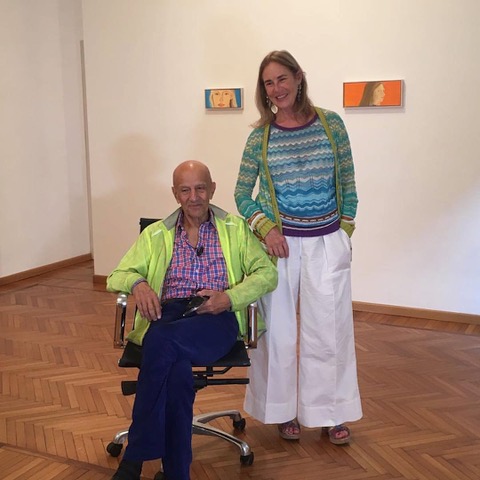
What do you enjoy the most and least about your job?
I love being in contact with artists, who always have interesting and unique perspectives, and who offer us a different approach to reality. I also have the opportunity to experience exceptional exhibitions – always with people of great intellectual quality. What I regret is that culture in society is not always taken into due consideration, I believe culture is food for the soul.
What would you say have been highlights from your career?
It is difficult to choose. Perhaps having convinced both Anselm Kiefer and Maurizio Cattelan, both very reticent and elusive, to appear on television for the first time in my programmes.
How have you spent your time during Covid? And, what are you working on now?
I spent the lockdown at home in Milan, working, because newspapers continued to be published. However, it was strange to spend so much time with none of the usual responsibilities: we just had to wait. I was lucky because even if Lombardy has been very trying – everyone has lost dear friends – everyone in our family is fine. At the moment, I am preparing to resume work within the international art circuit, starting with Artissima, the contemporary art fair in Turin which is scheduled to take place at the beginning of November, if everything goes as to plan.
How did you find yourself living in Gozo? And why?
In the 90s friends from Rome were the owners of the Hotel Ta’ Cenc. Since visiting Gozo for the first time with them, my husband and I have been enchanted by the pristine beauty of the place and the hotel – back then a real jewel designed by the Italian architect Busiri Vici. We returned to Gozo several times and eventually bought a house, where we have spent all our summers ever since.
What do you think about Gozo as a place to live? Has it progressed in terms of the arts?
I love the diversity of Gozo, I spend a lot of time there even out of season. We have many Maltese friends and I consider Malta a second home; we also have a beautiful and adorable Maltese goddaughter. Unfortunately, I see Gozo and Malta regressing rather than progressing. I don’t think Gozo should remain a ‘presepiju’ for tourists, but these were places with enormous potential that were systematically ruined. I look at the street next to my house – a succession of anonymous apartment buildings – and I remember the charm of the old houses and the surprising views. The speed and determination with which the Maltese and Gozitan developers are destroying Malta and Gozo suggests the destructive fury of the temples of Bamiam, with profit as a religion.
Soon there will be nothing left of the unique beauty of these islands. Nature has been trampled on, there is no real marine reserve in a sea that was better than the Caribbean. Public green space is limited to roundabouts, I wonder where the sense of beauty that over the centuries has made these places unique has gone to – my heart is bleeding in the face of disaster.
Do you think that Malta in general has any further potential as regards to the arts? What do you think Malta can do to better itself in terms of art and design events and culture in general?
The potential is there. There are young and knowledgeable passionate people, and recently some contemporary outfits have done a good job; I have high hopes for MICAS, which has already proved to be a pole of international attraction and a valid local meeting point, but it is certainly more difficult than in other places. Caravaggio, Mattia Preti and the Baroque are legacies that are difficult to overcome without the support of a system – including a scholastic one – which provides direction, and enjoys economical support; it takes time. It is similar to the Italian situation a few years ago. Furthermore, we need a network of collectors who support projects, which does not yet exist here.
www.michelamoro.com

